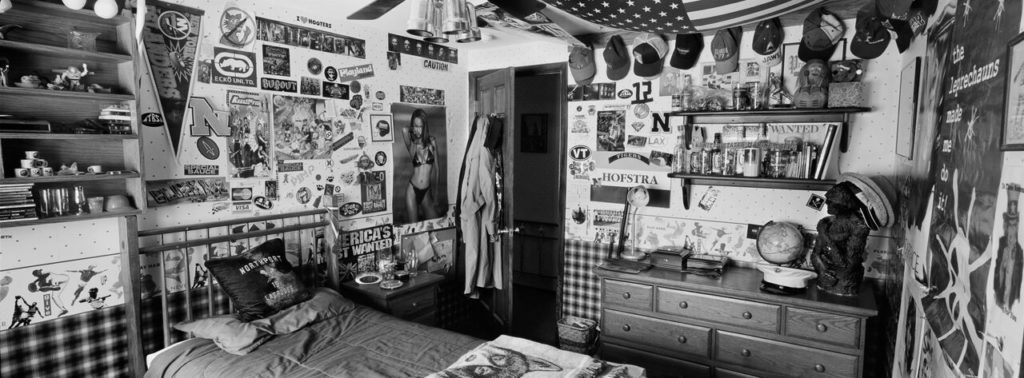There is a tragic impermanence to artwork about war. For each immortal painting like “Guernica” or “The Third of May 1808” (Picasso and Goya, respectively), there are thousands of depictions of warfare that are lost to time.
War is highly political, narratively paradoxical and destructive, and its depictions in art can be easily forgotten, muddled or even suppressed over the course of a generation.
While lasting artworks and movements are frequently born from the surrounding conditions of war — German Expressionism and Dada come to mind — the works that survive these periods are usually not the ones that address their history so directly. Rather, they are the images that evoke feelings and kindle aesthetic interest in a broader and more abstract sense. I would argue that artists like Egon Schiele and Käthe Kollwitz are not truly remembered for their political controversies; they are remembered because the images they created are bold, stirring and visually contagious.
Art historians do not shy away from politics and complexity, but it is safe to say that their long-term interests are the lives of artists and the history of objects. These are histories that are in many ways ideologically antithetical to war. War is physically destructive, and art is the pursuit of relatively permanent material creation. They happen around each other, but rarely in the same place.
Art speaks for its time, but it is imbued with a thirst for immortality. The Cubist painter Georges Braque articulated this best, having lived and worked through two world wars. “A painting is not a shapshot,” he said. “This does not mean that the painter is not influenced, concerned and more by history; he can suffer without being militant. Only let us distinguish, categorically, between art and current affairs.”
All this makes the depiction of warfare in art an unlikely candidate to survive through history. So how would we even begin to deal through art with the ongoing U.S. conflict in the Middle East, a series of wars spanning 15 years and counting that have turned into an existential cultural condition?
The National Portrait Gallery is boldly attempting to assert a presence for art in response to these wars with a gesture that is both simple and inspired: focus on the soldiers, supplanting political commentary with a beautiful exploration of unlikely and often unsettling humanity.
On view through Jan. 28, 2018, “The Face of Battle: Americans at War, 9/11 to Now” suffuses the specific atmosphere of 21st century U.S. military conflict with the broad-ranging ambition of fine art to depict human conditions and emotions.
The exhibition title is drawn from John Keegan’s classic military history, which reorients our view of war from questions of strategy and tactics to its personal and individual toll. It features work by six artists, ranging from photojournalists to veteran and active-duty soldiers and civilian artists, driven to respond to these wars through their work.
The most recognized name is Tim Hetherington, the acclaimed photojournalist and documentarian who was killed while covering the insurgency in Libya in 2011. As a photographer and a reporter, he became specifically interested in the study and depiction of masculinity in all its aspects, from the tenderness between comrades to the brutal aggression of the battlefield, turning his camera lens on the conflict in Afghanistan in 2007 and 2008. In 2010, he made a harrowing, Academy Award-nominated documentary, “Restrepo,” where he spent a deployment filming the daily lives of Marines fighting the Taliban in a remote outpost of Afghanistan’s Korengal Valley.
The photographs include his 2007 World Press Photo of the Year, depicting an exhausted American soldier leaning against a wall with his eyes covered. Among other things, his work shows the profound exhaustion of soldiers on the front lines, illuminating their resilience, fear and mutual support in ways that will stay with you long after you leave the gallery.
Louie Palu’s formally beautiful portraits of soldiers in Afghanistan — close-cropped faces in black-and-white, all dirt, dust, sweat, shadows and penetrating gazes — take on a deeply spiritual quality. They bring each individual soldier into focus while transcending any singular experience.
Ashley Gilbertson focuses on lives lost, photographing the bedrooms of combat soldiers left behind. This is a difficult gallery to spend time in, confronting these haunting elegies — intimate, ghostly museums of young lives cut off in midstride.
Vincent Valdez paints and draws his experiences, honoring the internal conflicts of the soldier caught between a sense of duty and the personal struggles of warfare. His video “Home” is a memorial to a fallen fellow soldier who suffered from PTSD and took his life in December of 2009. A flag-draped coffin with no pallbearers floats past scenes of small town rural America: train tracks, boarded-up storefronts, supermarkets and churches, all empty shells of what he left behind.
Exhibitions like this are difficult but necessary; artists and audiences have a duty to confront things beyond themselves. Through “The Face of Battle,” these artists allow us — whether we call ourselves soldiers, artists, civilians or citizens — a window into the greatest conflict of our time, transcending any transient political climate.


